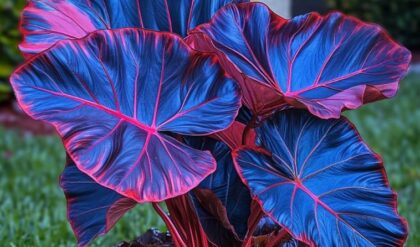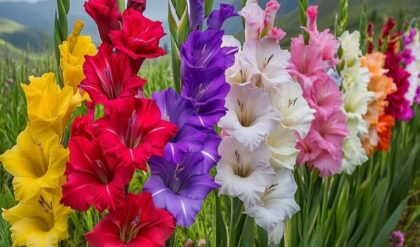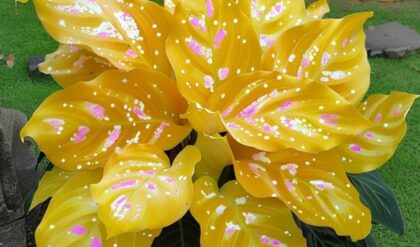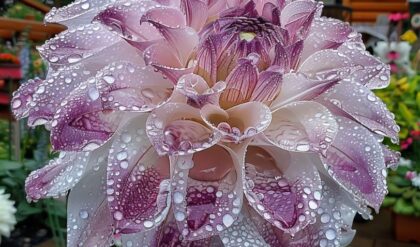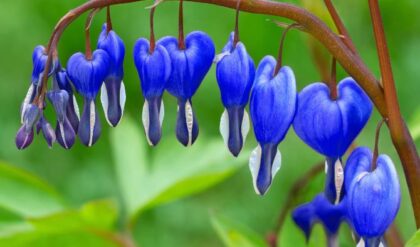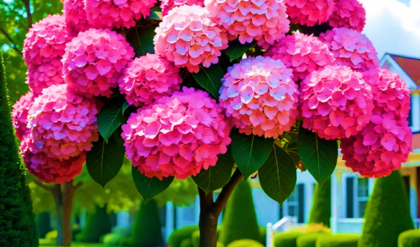Growing a Monstera plant, particularly the revered Monstera deliciosa, is not only an enriching endeavor for your home but also an opportunity to connect with nature. With its dramatic foliage and air-purifying qualities, this tropical beauty brings a touch of the rainforest to your living space. To cultivate a successful Monstera, understanding its unique needs and characteristics is essential.
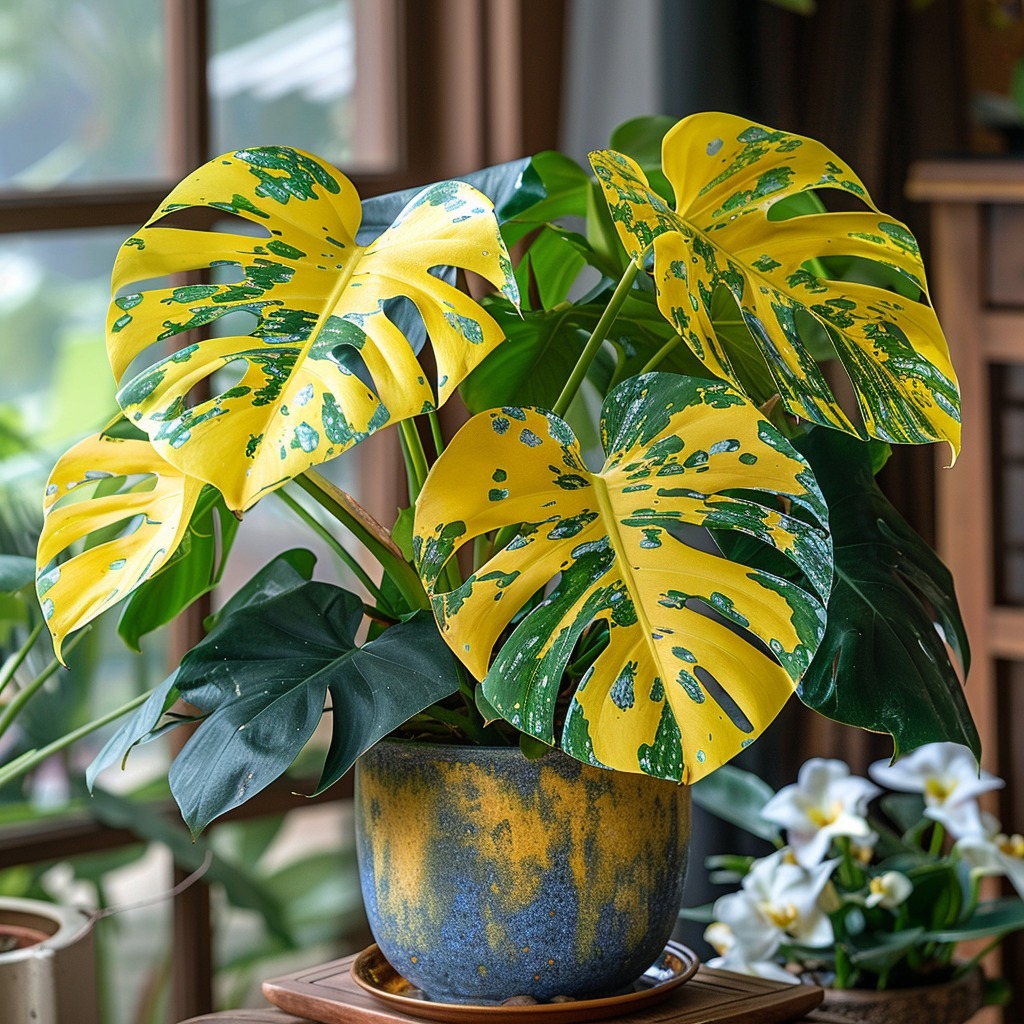
The Ideal Environment
Monstera plants thrive in a warm and humid environment, akin to their native habitats in Central America. Ideally, they prefer dappled or indirect light, which mimics the conditions found beneath the canopy of taller trees. Direct sunlight can scorch their leaves, leading to unsightly brown patches. Instead, think of placing your Monstera near a window with sheer curtains that filter the light, creating a cozy microclimate for your plant.
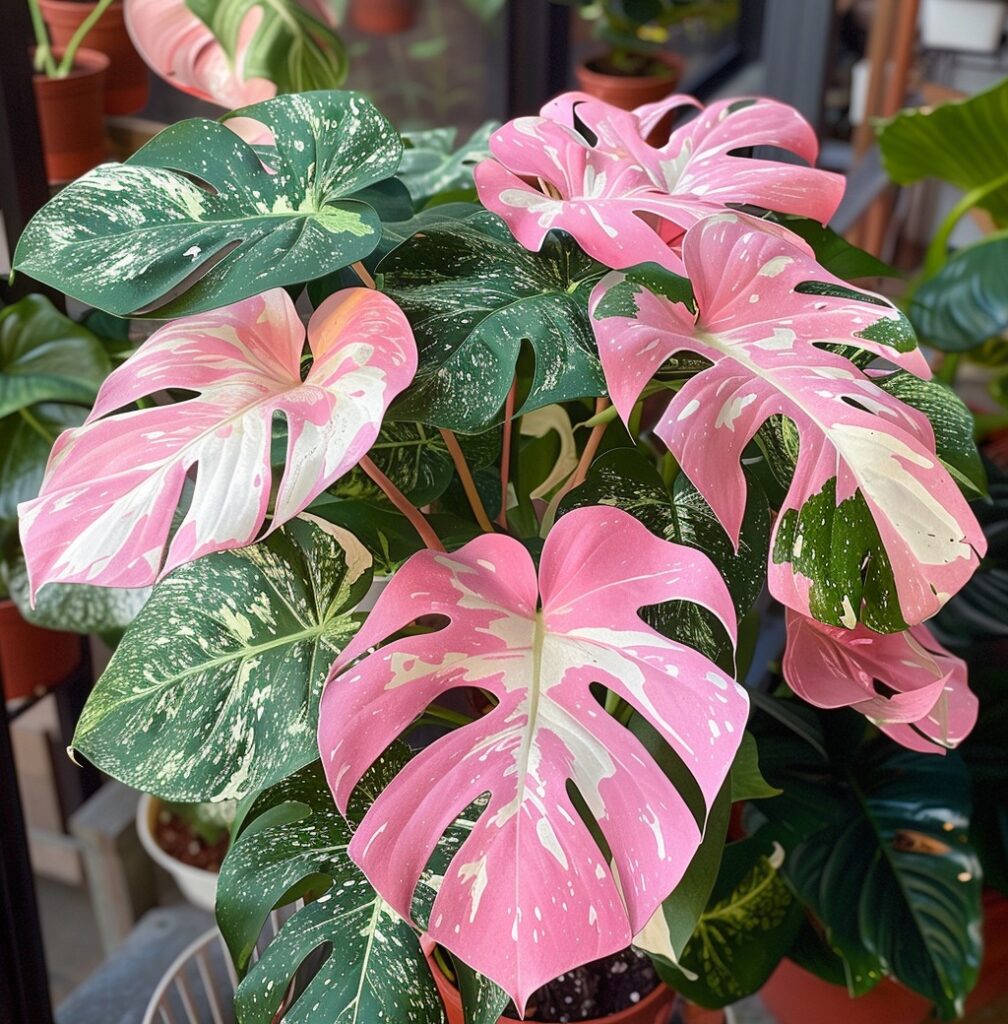
Climate and Light Requirements
Monstera plants require a warm and humid environment to thrive. They prefer temperatures between 65°F and 85°F (18°C to 29°C) and a humidity level of at least 50%. Exposing your Monstera to direct sunlight can damage its leaves, causing them to develop brown patches. Instead, aim to provide your plant with dappled or indirect light, which replicates the conditions found in its native tropical habitat.
One way to create the ideal light environment for your Monstera is to place it near a window that receives bright, filtered light. You can use sheer curtains or blinds to control the amount of direct sunlight reaching the plant. Alternatively, you can position your Monstera in a spot that receives bright, indirect light, such as a few feet away from a south-facing window or beneath a skylight.
Remember, Monsteras are adaptable plants and can tolerate a range of light conditions, but they will thrive best in an environment that mimics their natural habitat. Experiment with different placements in your home to find the sweet spot that provides the right balance of warmth, humidity, and filtered light for your Monstera to flourish.
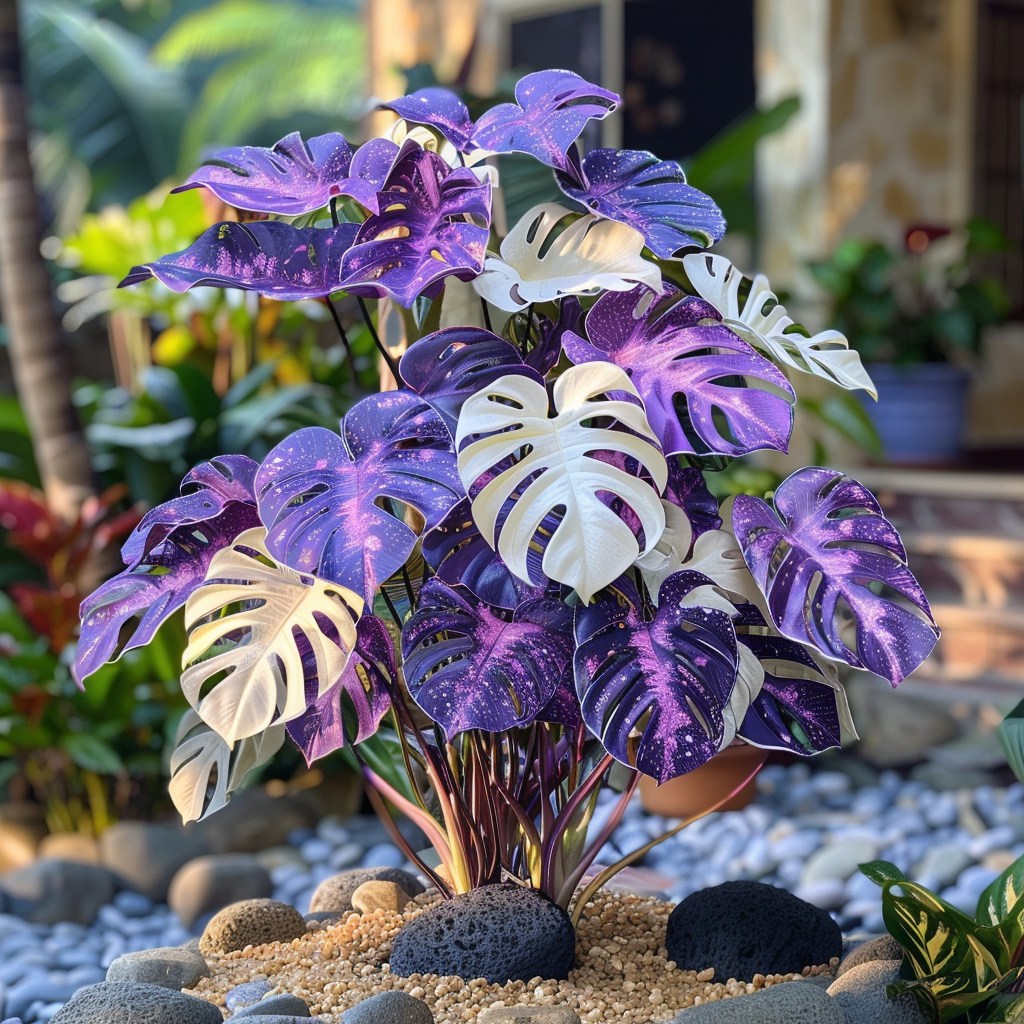
Soil and Watering Needs
The foundation of any healthy plant is its soil. For Monsteras, a well-drained, peat-based mixture with a pH balance that leans towards acidic or neutral is optimal. This type of soil retains enough moisture while allowing excess water to escape—preventing root rot, the nemesis of many houseplants.
When it comes to watering, keeping the soil slightly moist is key. Unlike traditional houseplants that may require frequent watering, Monsteras like their roots to dry out just a bit between waterings. Imagine their roots sipping water rather than gulping it down incessantly. A good rule of thumb is to check the top inch of soil; if it’s dry, it’s time to water.
Overwatering can lead to yellowing leaves and root rot, while underwatering can cause the leaves to droop and wilt. Pay close attention to the soil moisture and adjust your watering schedule accordingly. During the growing season, you may need to water more frequently, while in the winter, you can reduce the watering interval.
Maintaining the right balance of soil moisture is crucial for the health and longevity of your Monstera plant. With a little practice and observation, you’ll soon develop a keen sense of when your Monstera needs a drink.
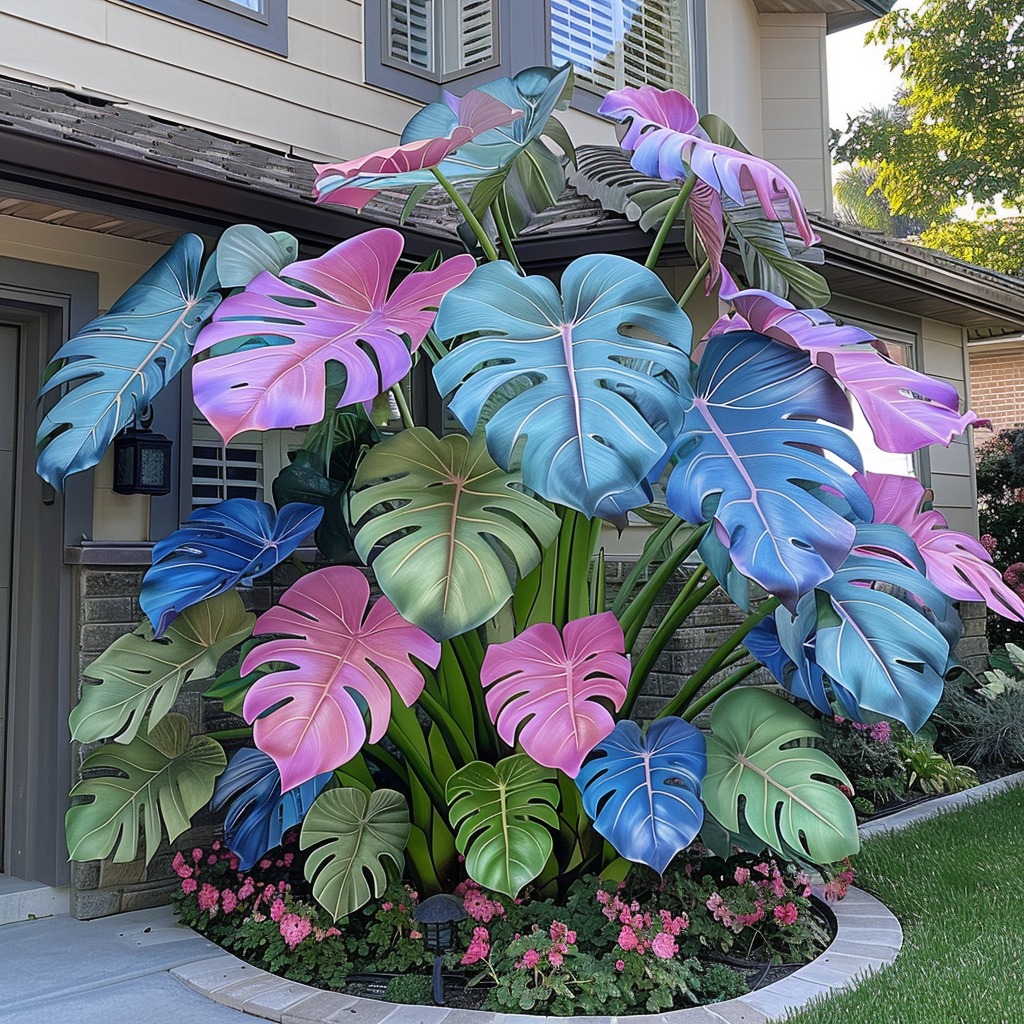
Propagation: Cultivating New Life
One of the most rewarding aspects of Monstera care is propagation. If you’ve ever felt the thrill of giving life to new plants, consider taking cuttings from a healthy Monstera. The easiest method is through stem cuttings, where you select a healthy vine tip with several leaves and aerial roots. Place it in water or potting mix, and soon you’ll see the beginnings of a new plant, much like watching a child take their first steps toward independence.
Methods of Propagation
Propagating Monsteras is a simple and gratifying process that can be done through stem cuttings. To begin, select a healthy, young vine with several leaves and aerial roots. Using a clean, sharp pair of scissors or pruners, snip the stem just below a leaf node, ensuring you have at least 4-6 inches of the stem.
Once you have your cutting, you can choose to root it in either water or a well-draining potting mix. If opting for water propagation, simply place the cutting in a clean, clear container filled with fresh water. Make sure the leaf nodes are submerged, and place the container in a spot with bright, indirect light.
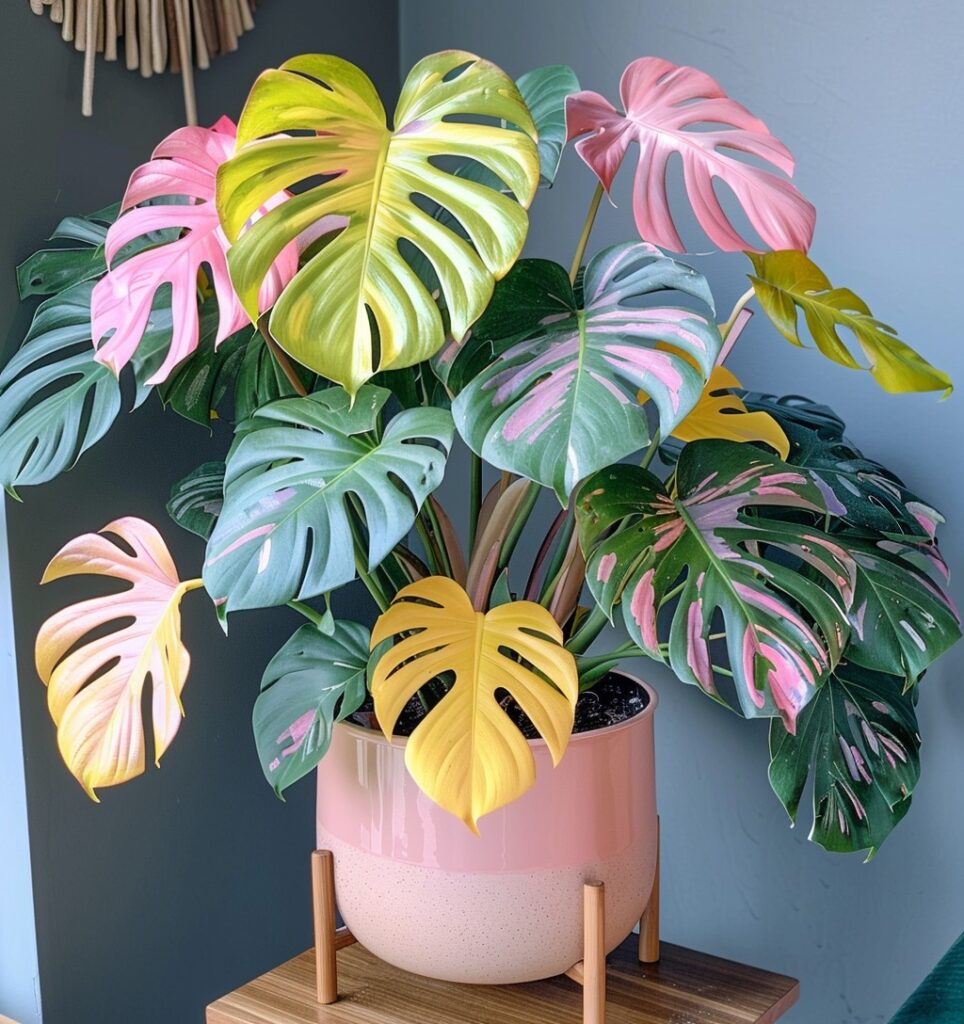
Alternatively, you can plant the cutting directly into a well-draining potting mix. Choose a container with drainage holes and fill it with a peat-based or aroid-specific soil mix. Gently plant the cutting, ensuring the leaf nodes are buried, and water the soil until it’s moist but not saturated.
Regardless of the method you choose, be patient and keep a close eye on your cutting. In a few weeks, you should start to see new growth emerging, signaling the development of roots. Once the roots have established and the cutting has several new leaves, you can transplant it into a larger pot to continue its growth.
Propagating Monsteras is a rewarding process that allows you to multiply your collection and share the joy of these stunning plants with friends and family. Embrace the process, and enjoy the thrill of watching a new Monstera take root and flourish.
Aerial Roots: Nature’s Helpers
Monsteras are unique in their ability to grow aerial roots, which serve multiple purposes. These roots can absorb moisture and nutrients from the air, allowing the plant to thrive in environments that may be less than ideal. However, these roots can also be trained to grow into the soil, providing additional support and nutrition.
As you nurture your Monstera, consider the aesthetics of how these roots intertwine with the plant and perhaps even create a natural sculpture in your home. Aerial roots can add a touch of whimsy and a sense of the wild to your indoor jungle.
Embrace the aerial roots as a natural feature of the Monstera, and consider ways to incorporate them into your plant’s design. You can gently guide the roots to grow along a trellis or moss pole, creating a stunning, natural display. Alternatively, allow the roots to cascade down the sides of the pot, adding depth and texture to your Monstera’s presentation.
Remember, these aerial roots are not just for show; they play a vital role in the plant’s overall health and well-being. By understanding their function and harnessing their potential, you can create a thriving, visually stunning Monstera that brings a touch of the tropics into your living space.

Common Challenges and Solutions
Every gardener faces challenges, and caring for a Monstera is no exception. Overwatering can lead to yellowing leaves and root rot, while insufficient light can cause leggy growth as the plant stretches toward the sun. To mitigate these issues, observe your plant carefully. Create a checklist: Is the soil draining well? Is there sufficient indirect light? Regular monitoring allows you to adjust care before minor problems escalate into significant issues.
Identifying and Addressing Common Issues
As with any houseplant, Monsteras can face a variety of challenges that require your attention and care. By staying vigilant and acting quickly, you can address these issues before they become more serious.
Overwatering: One of the most common problems with Monsteras is overwatering, which can lead to yellowing leaves, mushy stems, and root rot. To prevent this, always check the soil before watering, and only add more water when the top inch or two of soil has dried out. Reduce watering during the winter months when the plant is less active.
Insufficient Light: Monsteras require bright, indirect light to thrive. If your plant is not receiving enough light, it may start to stretch and become leggy, with widely spaced leaves. Move your Monstera to a spot that receives more filtered sunlight, or consider supplementing with a grow light.
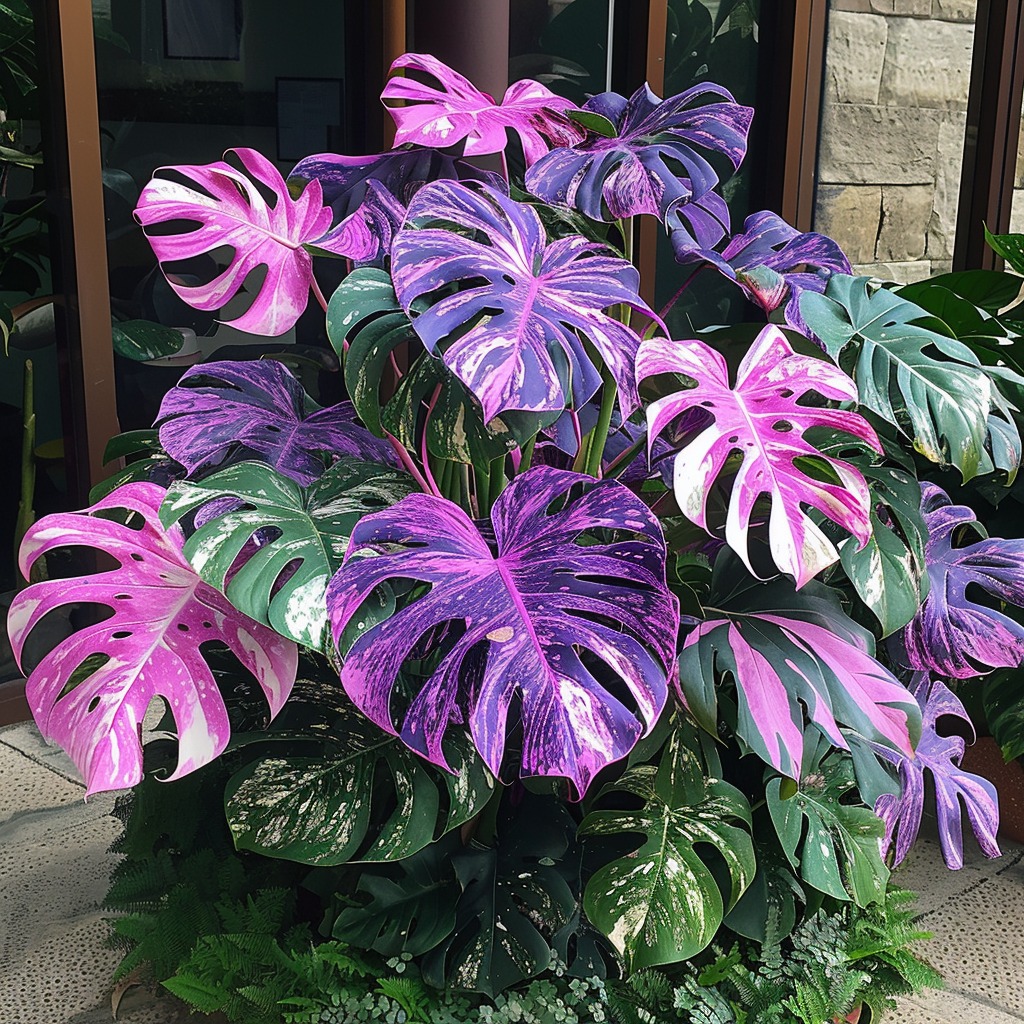
Pests: Monsteras can be susceptible to common houseplant pests like spider mites, aphids, or mealybugs. Regularly inspect your plant for any signs of infestation, and take action quickly with a gentle insecticidal soap or neem oil solution.
Nutrient Deficiencies: If your Monstera’s leaves start to turn yellow or develop brown spots, it may be a sign of a nutrient deficiency. Apply a balanced, water-soluble fertilizer every 2-3 months during the growing season to ensure your plant is getting the nutrients it needs.
Temperature Stress: Monsteras prefer warm, consistent temperatures between 65°F and 85°F (18°C to 29°C). Sudden temperature fluctuations or exposure to cold drafts can cause stress and damage to the plant.
By staying observant and addressing any issues promptly, you can help your Monstera thrive and maintain its stunning, lush appearance. Regular monitoring and adjusting your care routine as needed will go a long way in keeping your plant healthy and happy.
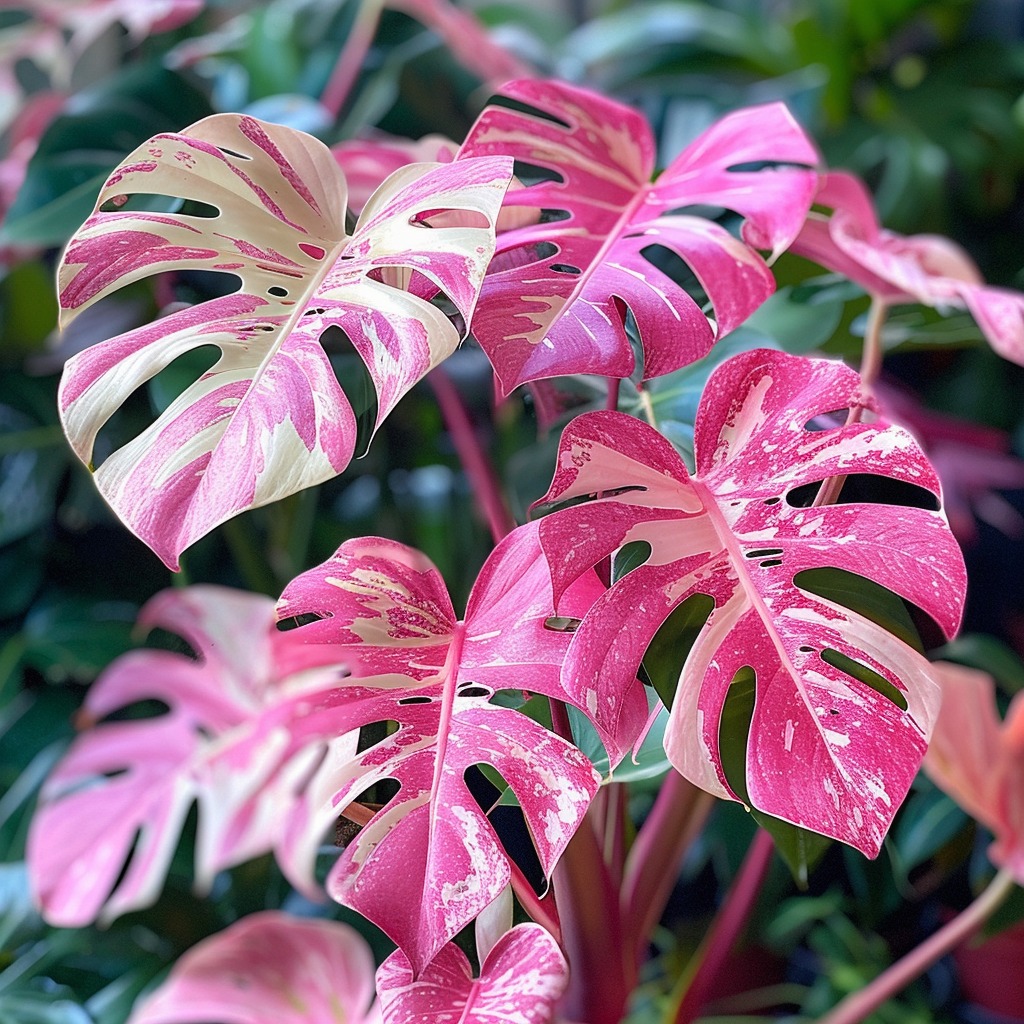
Creating a Thriving Environment
By providing the right environmental conditions, proper soil, mindful watering practices, and loving attention, your Monstera will flourish, becoming not just a plant, but a vibrant part of your home’s ecosystem. Embrace the journey of growth, both of your Monstera and yourself as a caregiver.
Remember, every Monstera is unique, and your plant may have its own quirks and preferences. Observe it closely, experiment with different care techniques, and be patient as your Monstera adapts to its new home. With time and dedication, you’ll develop a deep understanding of your plant’s needs, allowing you to create the perfect conditions for it to thrive.
As you nurture your Monstera, consider the role it plays in your living space. These plants are natural air purifiers, helping to remove toxins and improve the overall air quality in your home. Embrace the Monstera’s connection to nature and allow it to bring a touch of the tropics into your daily life.
Ultimately, caring for a Monstera is a rewarding and enriching experience. By dedicating time and attention to your plant, you’ll witness its growth and transformation, and in the process, you’ll deepen your own connection to the natural world. Enjoy the journey, and let your Monstera inspire you to embrace the beauty and wonder of the living world around you.
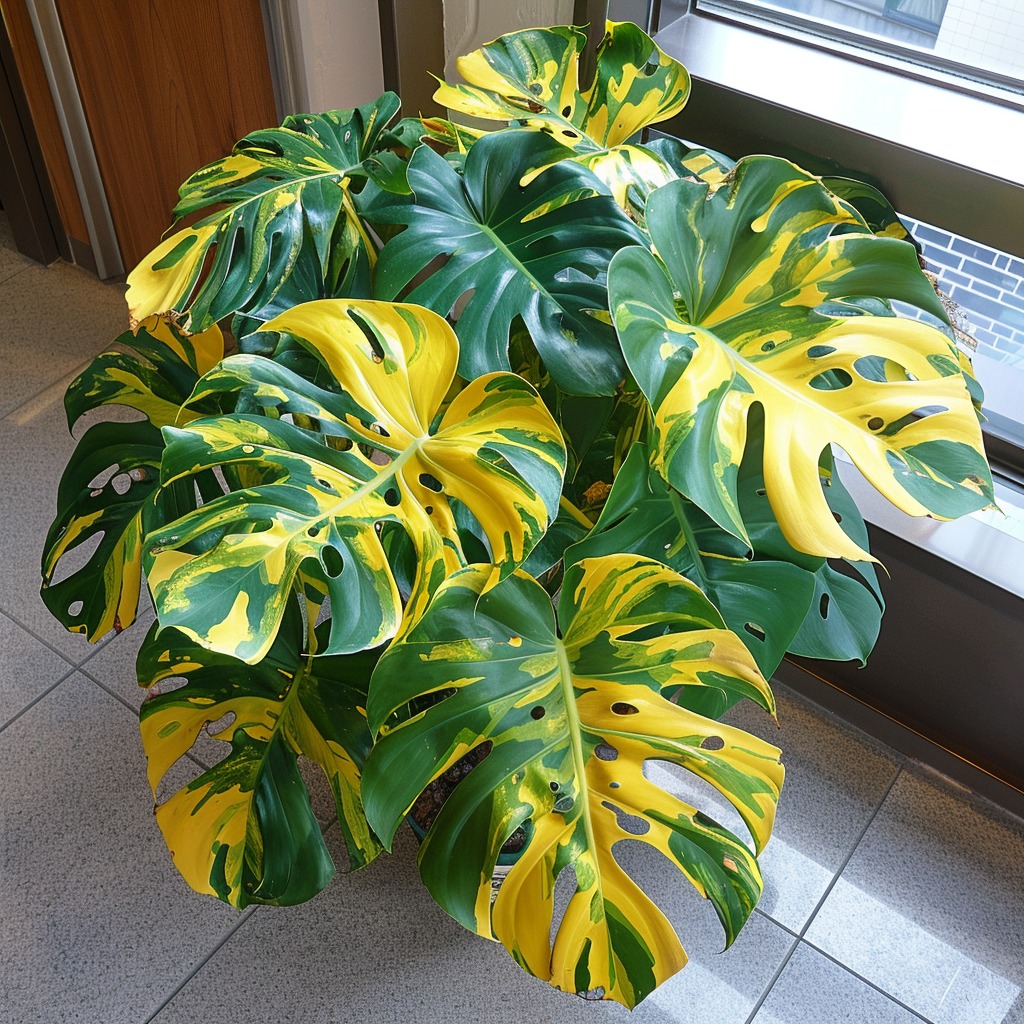
Conclusion
Mastering the art of Monstera care is a journey of discovery, patience, and connection with the natural world. By understanding the unique needs of this tropical beauty, you can create a thriving, lush addition to your indoor oasis. From providing the ideal environment to propagating new plants, each step in the Monstera’s care is an opportunity to deepen your relationship with this remarkable species.
As you navigate the challenges and joys of Monstera cultivation, remember to embrace the process, observe your plant closely, and adjust your approach as needed. With a little dedication and a lot of love, your Monstera will reward you with its stunning foliage, air-purifying abilities, and a sense of connection to the natural world that extends far beyond the confines of your home.
Embark on this horticultural adventure with an open mind and a spirit of curiosity. Let your Monstera inspire you to cultivate not just a beautiful plant, but a deeper understanding of the intricate web of life that surrounds us. By nurturing your Monstera, you’ll not only enrich your living space but also nourish your own connection to the natural world – a truly rewarding and transformative experience.
